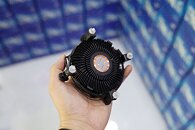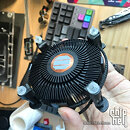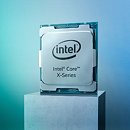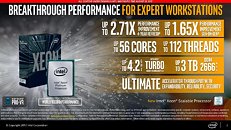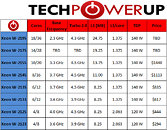
Report Suggests Intel Refreshing "Sapphire Rapids" - Updated Xeon-W Slated for Early 2024
Chinese tech tipster Enthusiast Citizen (ECSM) has posted on Bilibili about future Intel product refreshes with a rough timeline spanning from late to 2023 to early 2024. We have been hearing a lot lately about Team Blue's Raptor Lake Refresh, with reports from this week suggesting that this lineup will be the last to sport Team Blue's traditional naming scheme—as 14th Gen Core. ECSM claims that Raptor Lake Refresh-K SKUs are due for launch this October, and non-K units will follow them a month or two later. Team Blue will likely be happy to keep LGA 1700 and 1800 sockets alive for another generation.
ECSM also brings up seemingly new information with an alleged Sapphire Rapids Refresh lined up for early 2024—suggesting that updated HEDT Xeon W2500 and W3500 series processors are incoming. The Intel W790 chipset should be able to run this rumored replacement lineup. ECSM's proposed product roadmap also presents wholly new product ranges including Meteor Lake offerings, albeit with desktop MTL-S SKUs cancelled—mobile-oriented Meteor Lake-H seems to be alive and well with an alleged Q4 2023 launch window. Finally Arrow Lake-S is predicted to launch in the final quarter of 2024 or early 2025—so we will likely have to wait another year and a half for upgraded Intel mainstream desktop SKUs.
ECSM also brings up seemingly new information with an alleged Sapphire Rapids Refresh lined up for early 2024—suggesting that updated HEDT Xeon W2500 and W3500 series processors are incoming. The Intel W790 chipset should be able to run this rumored replacement lineup. ECSM's proposed product roadmap also presents wholly new product ranges including Meteor Lake offerings, albeit with desktop MTL-S SKUs cancelled—mobile-oriented Meteor Lake-H seems to be alive and well with an alleged Q4 2023 launch window. Finally Arrow Lake-S is predicted to launch in the final quarter of 2024 or early 2025—so we will likely have to wait another year and a half for upgraded Intel mainstream desktop SKUs.






